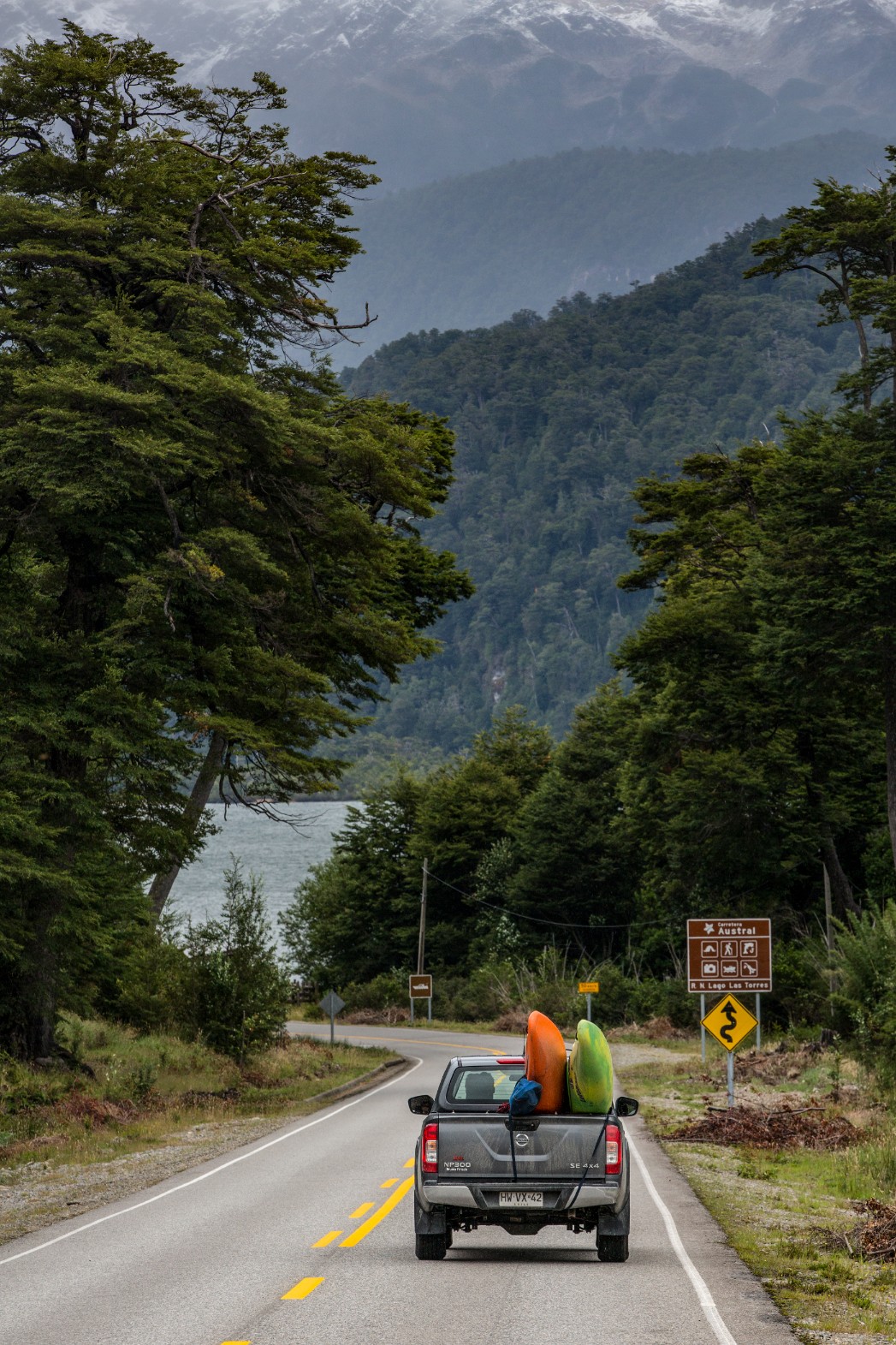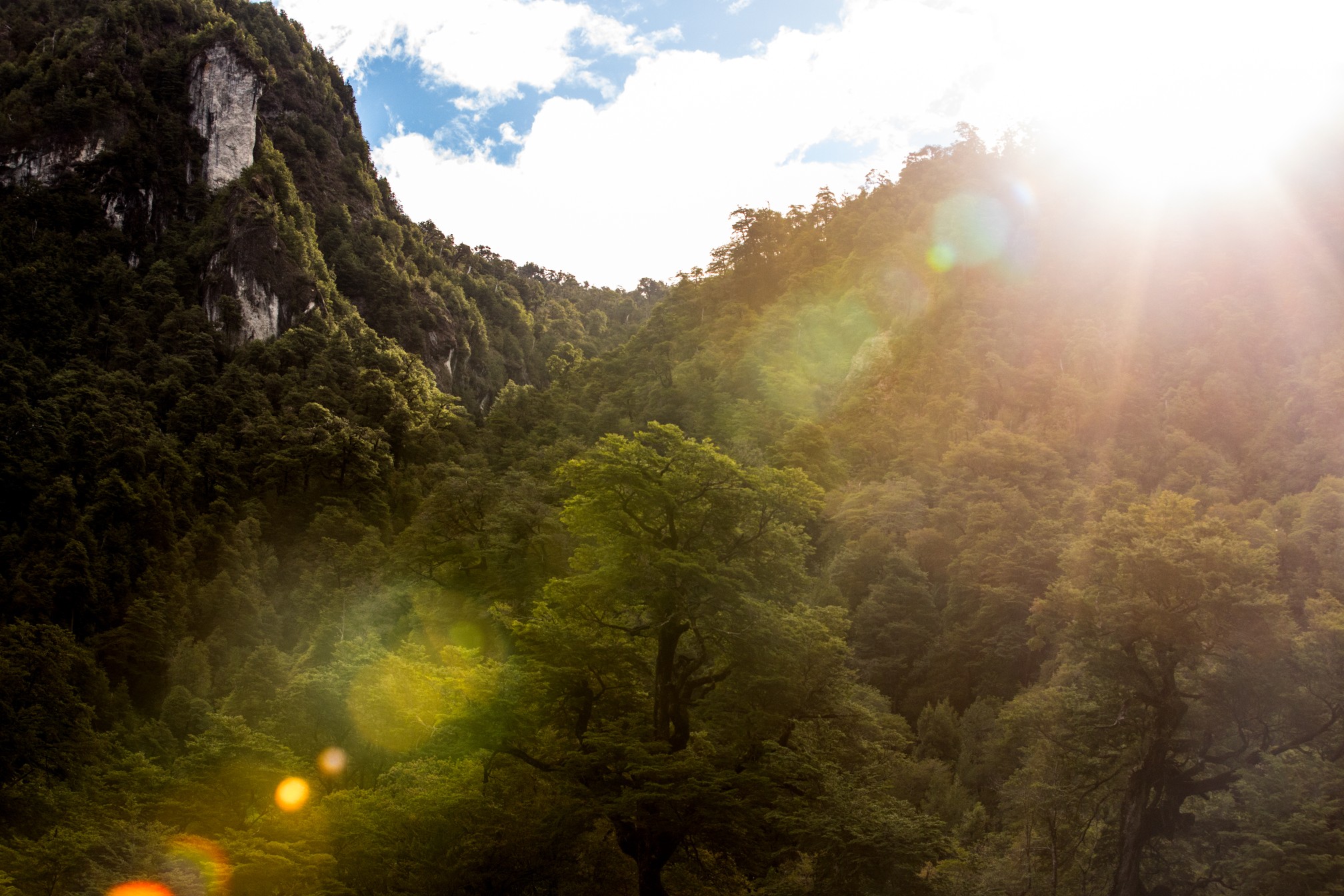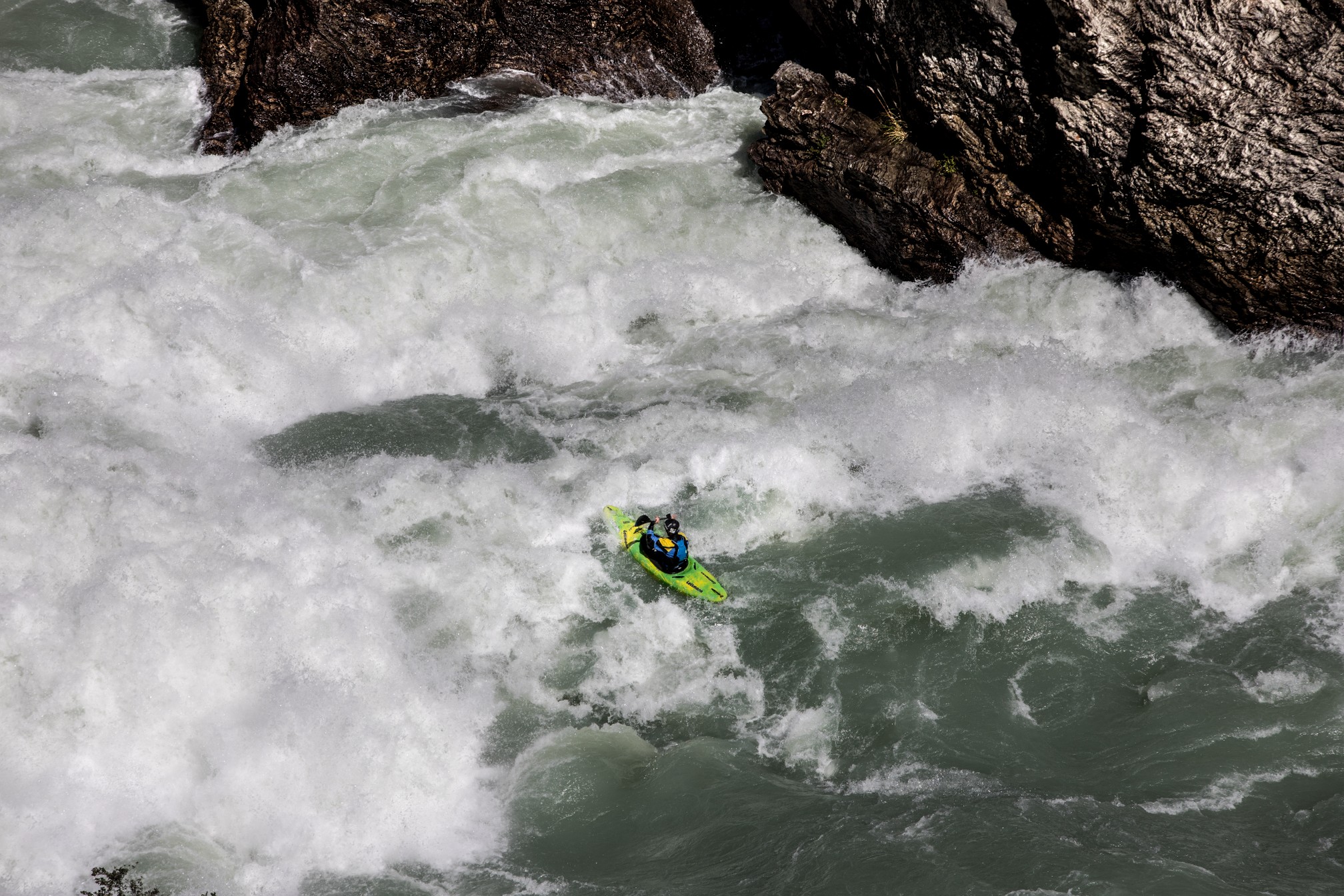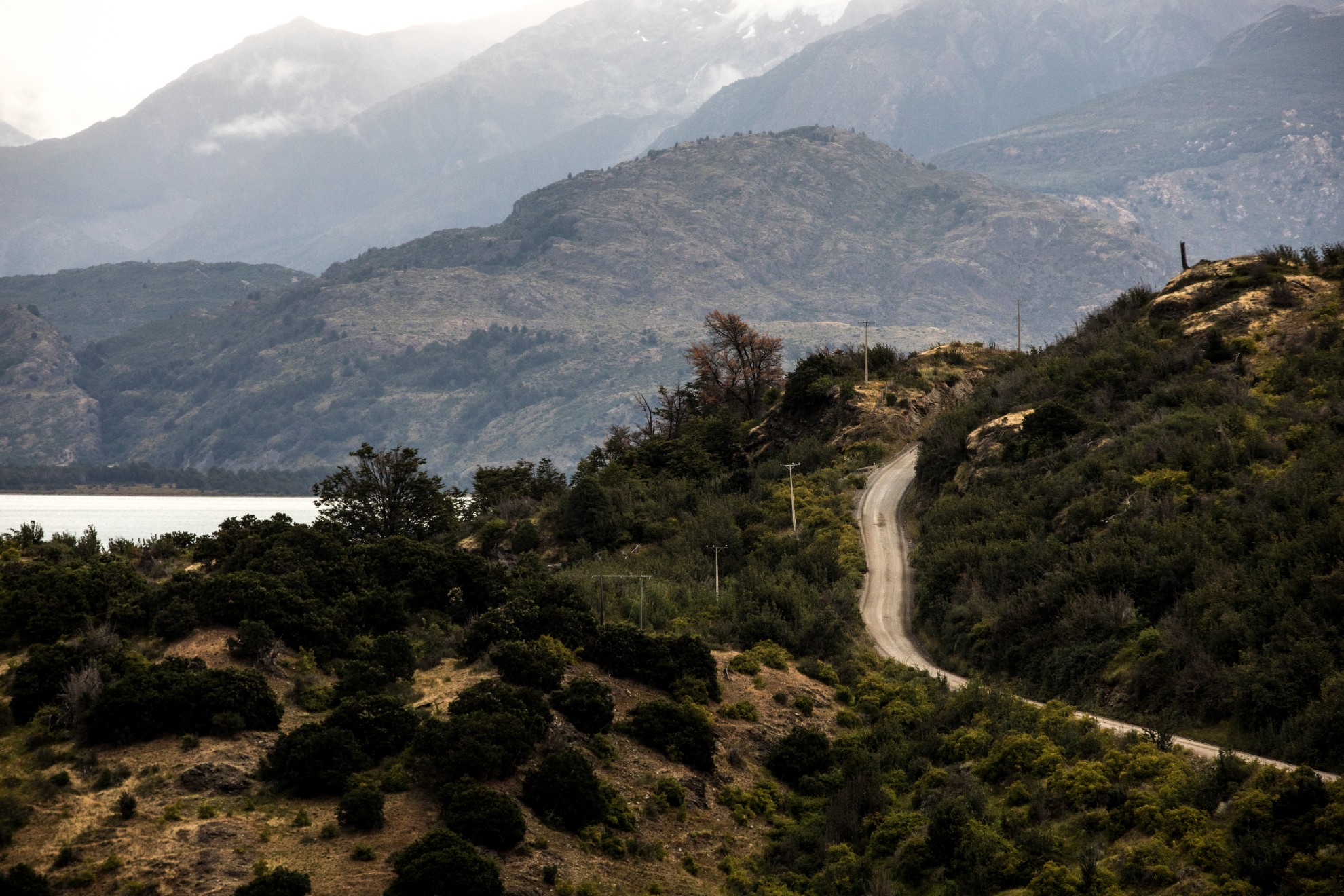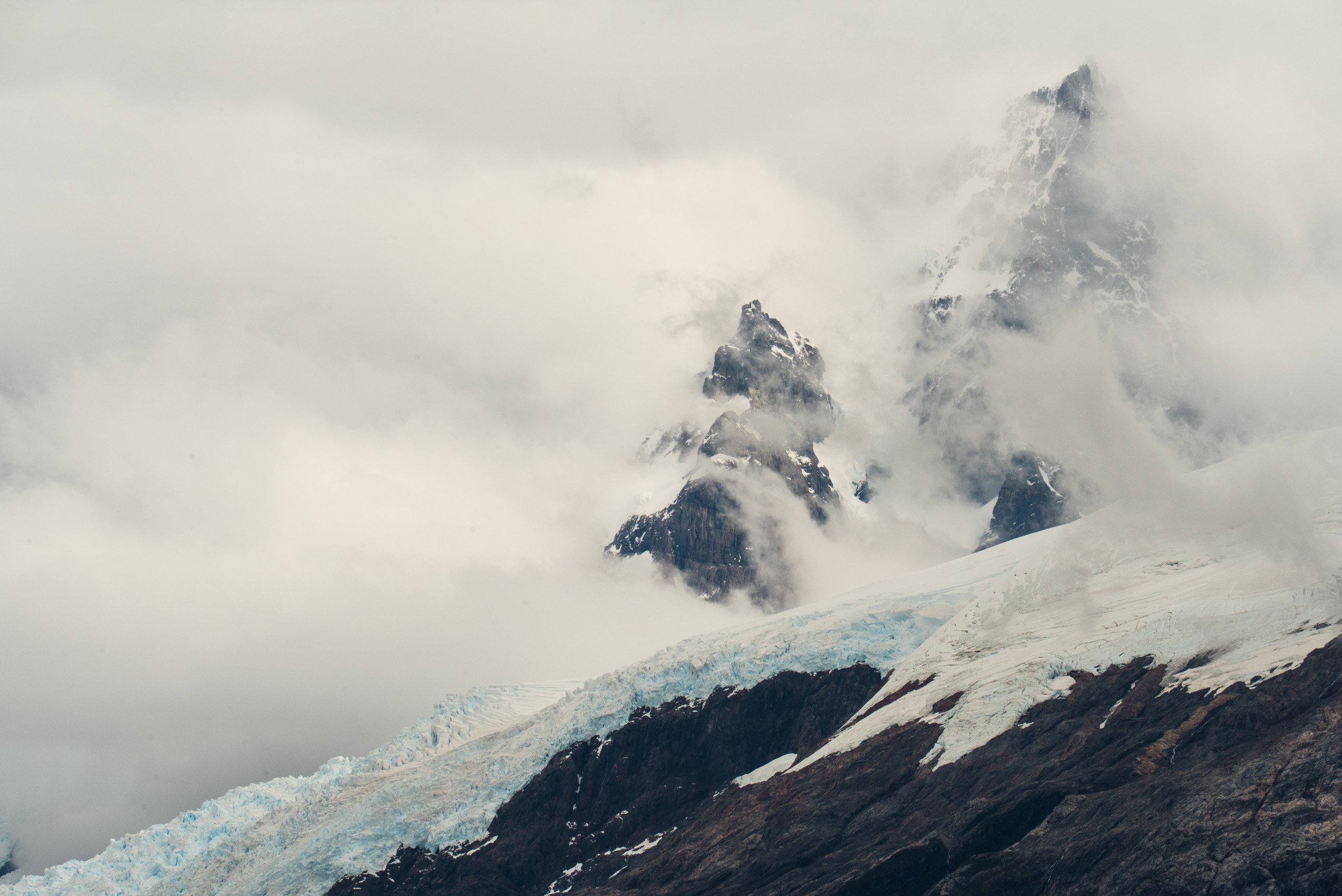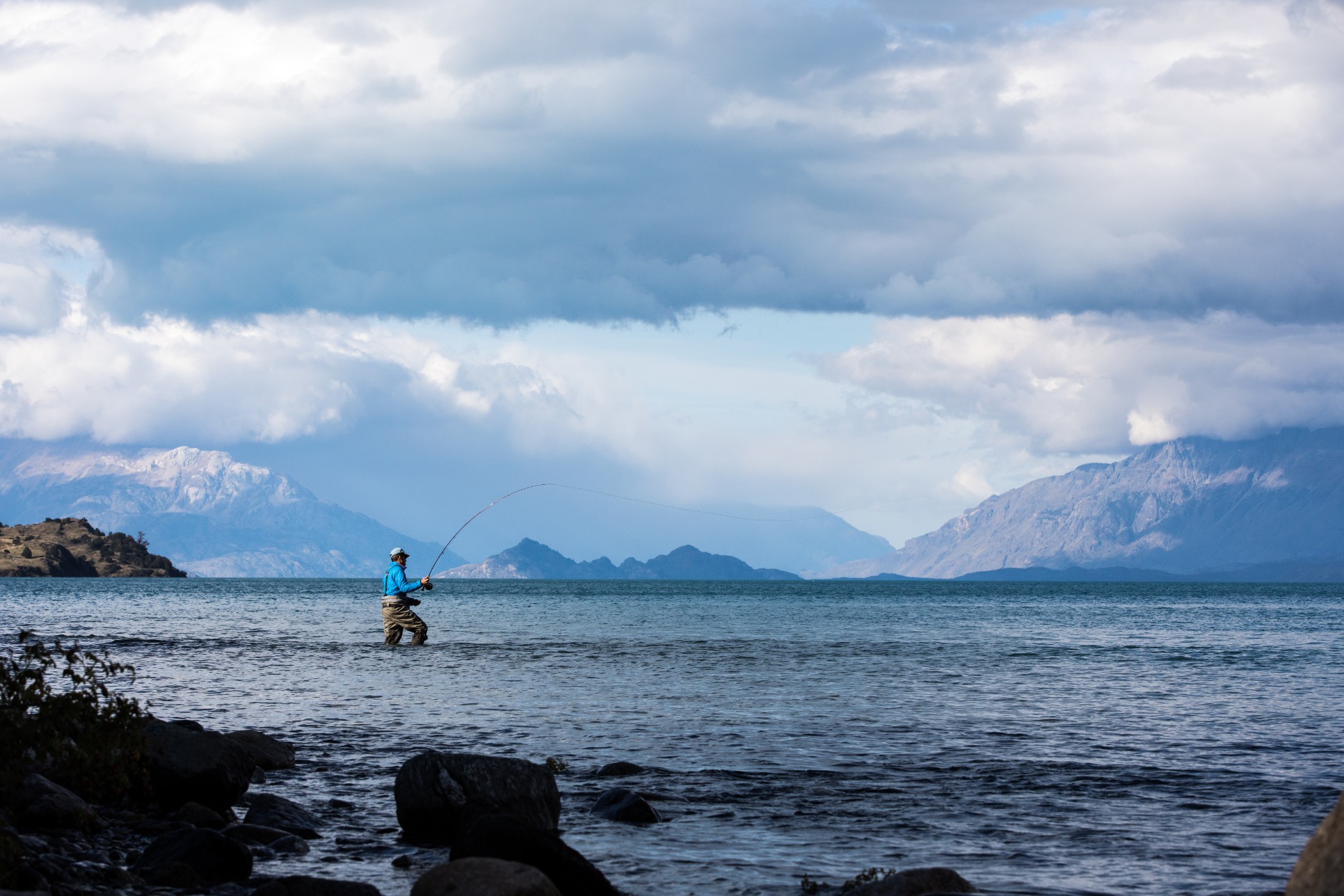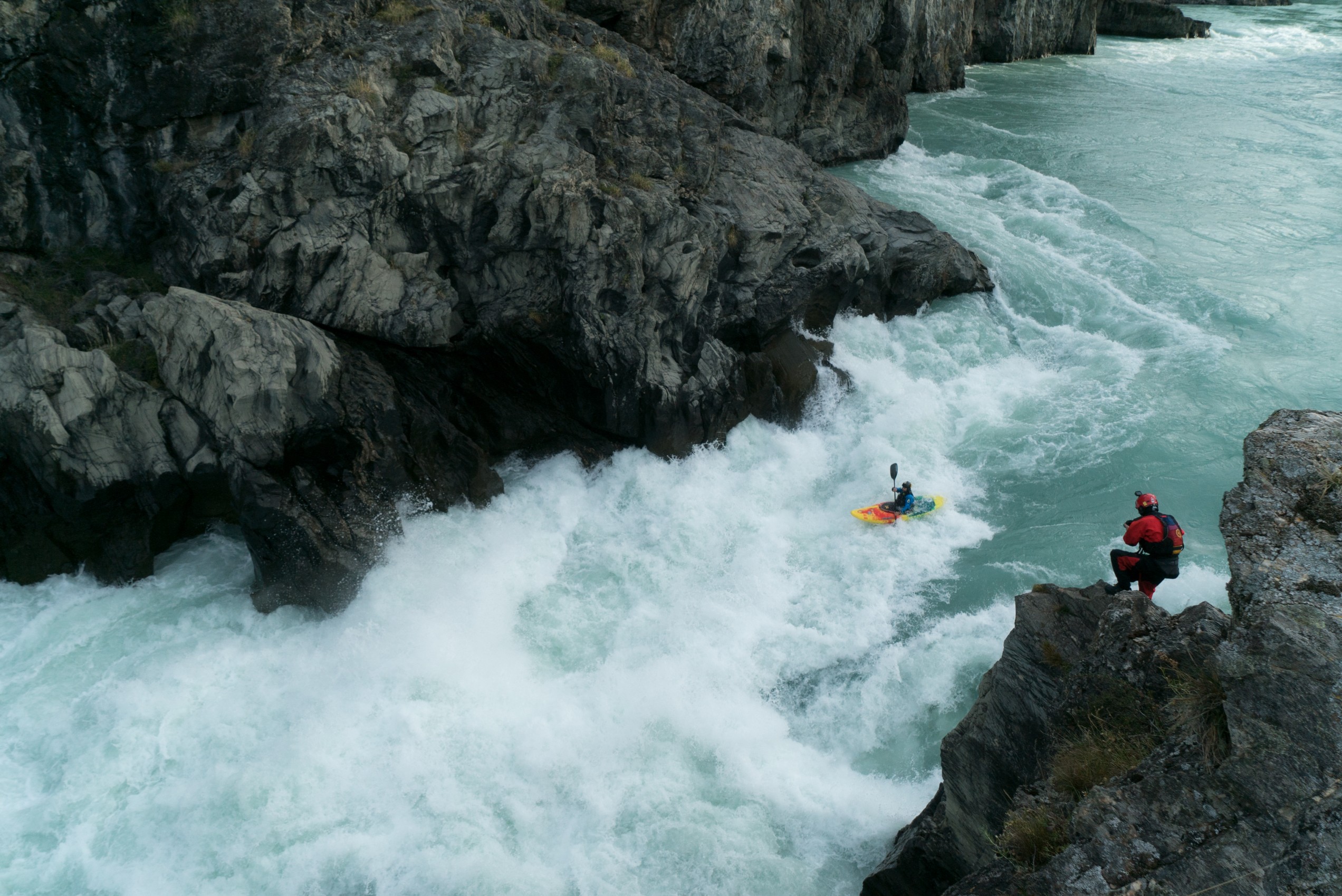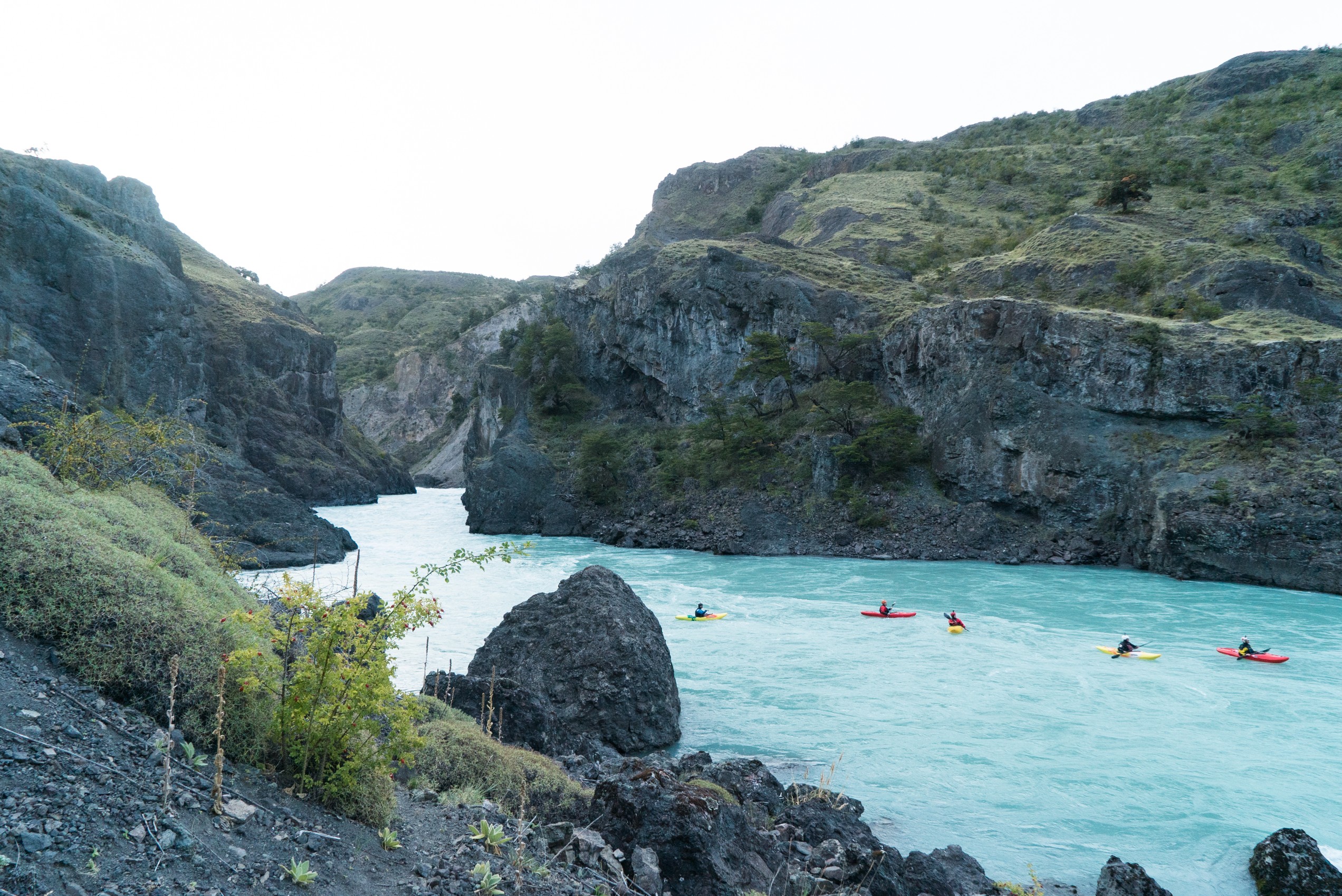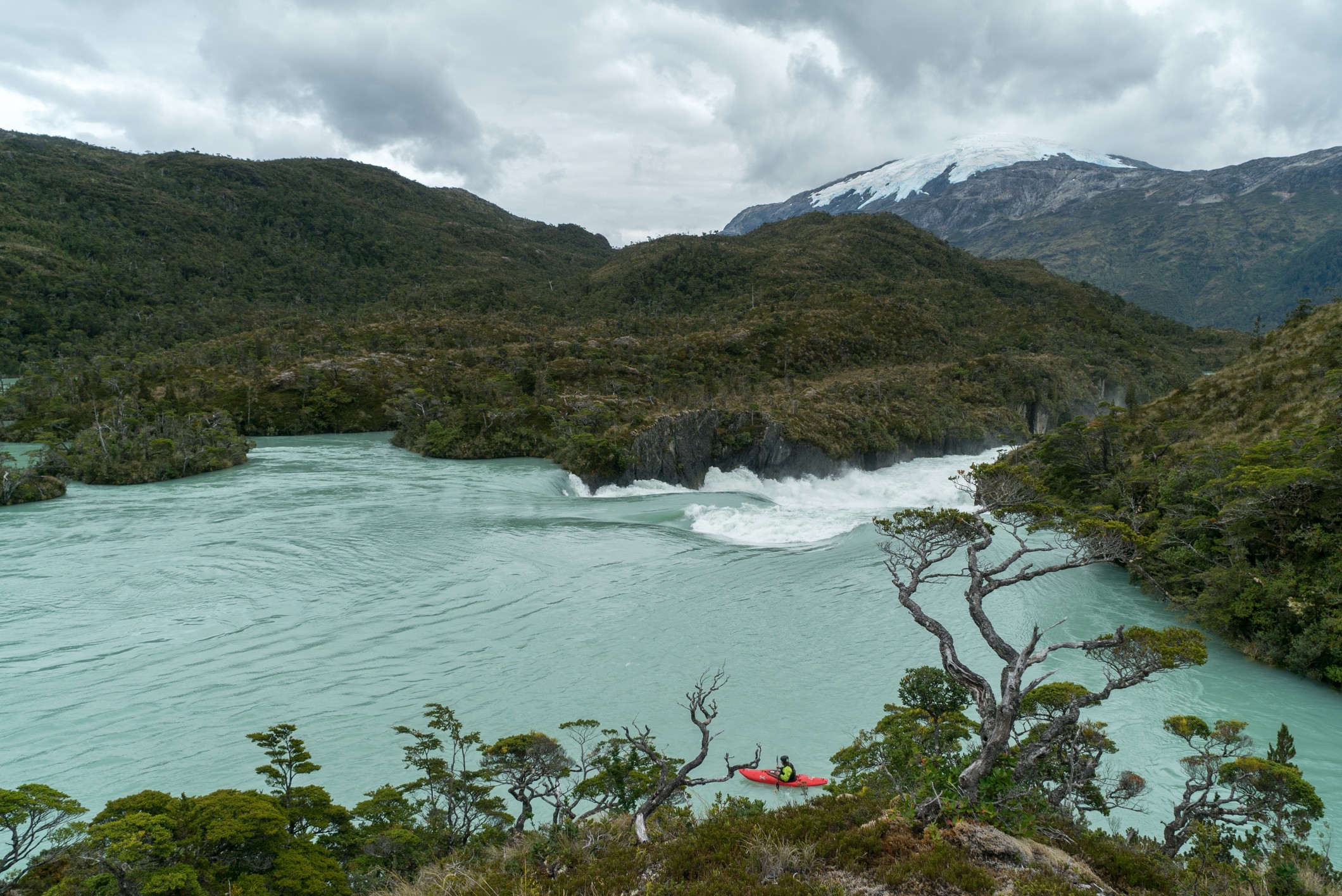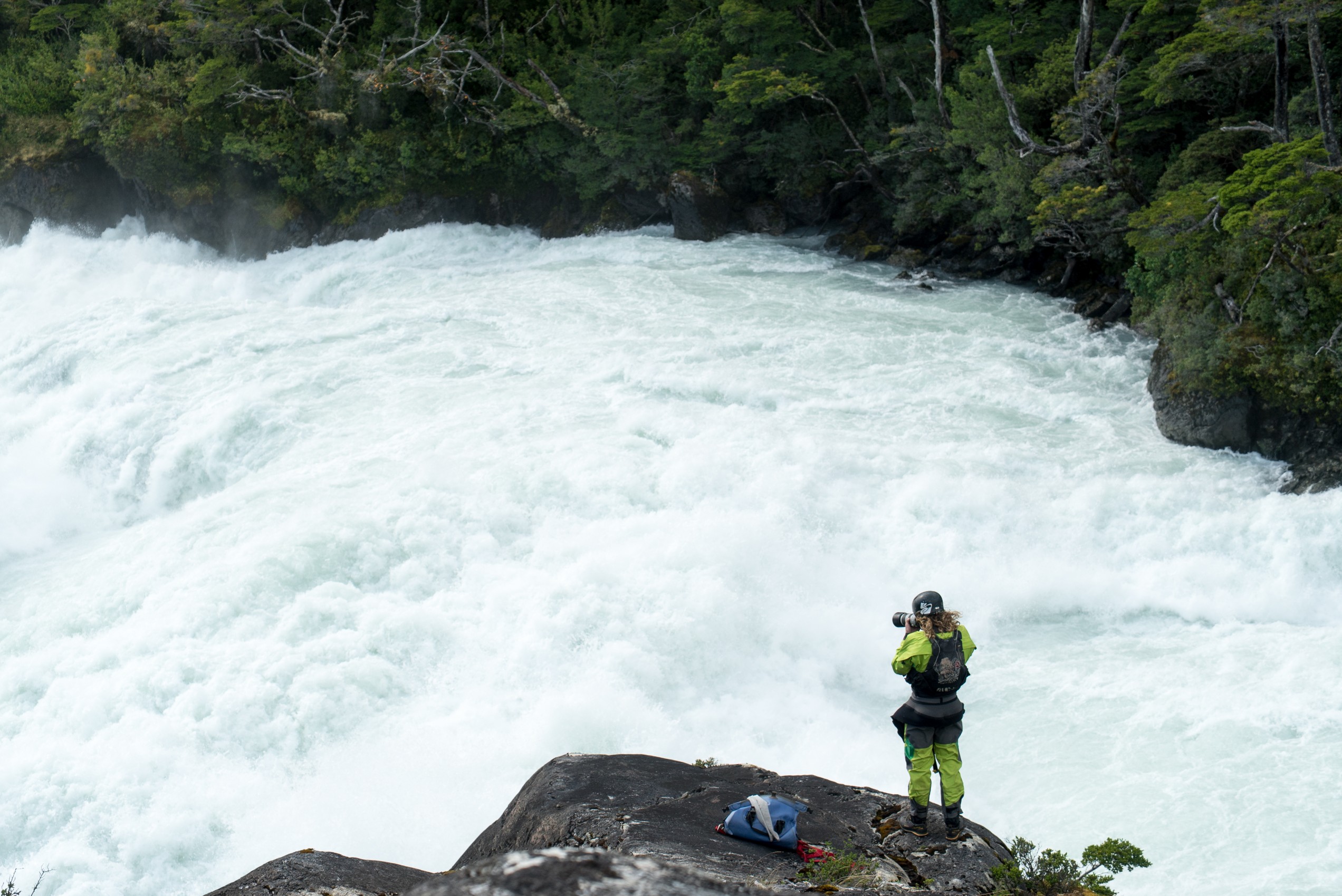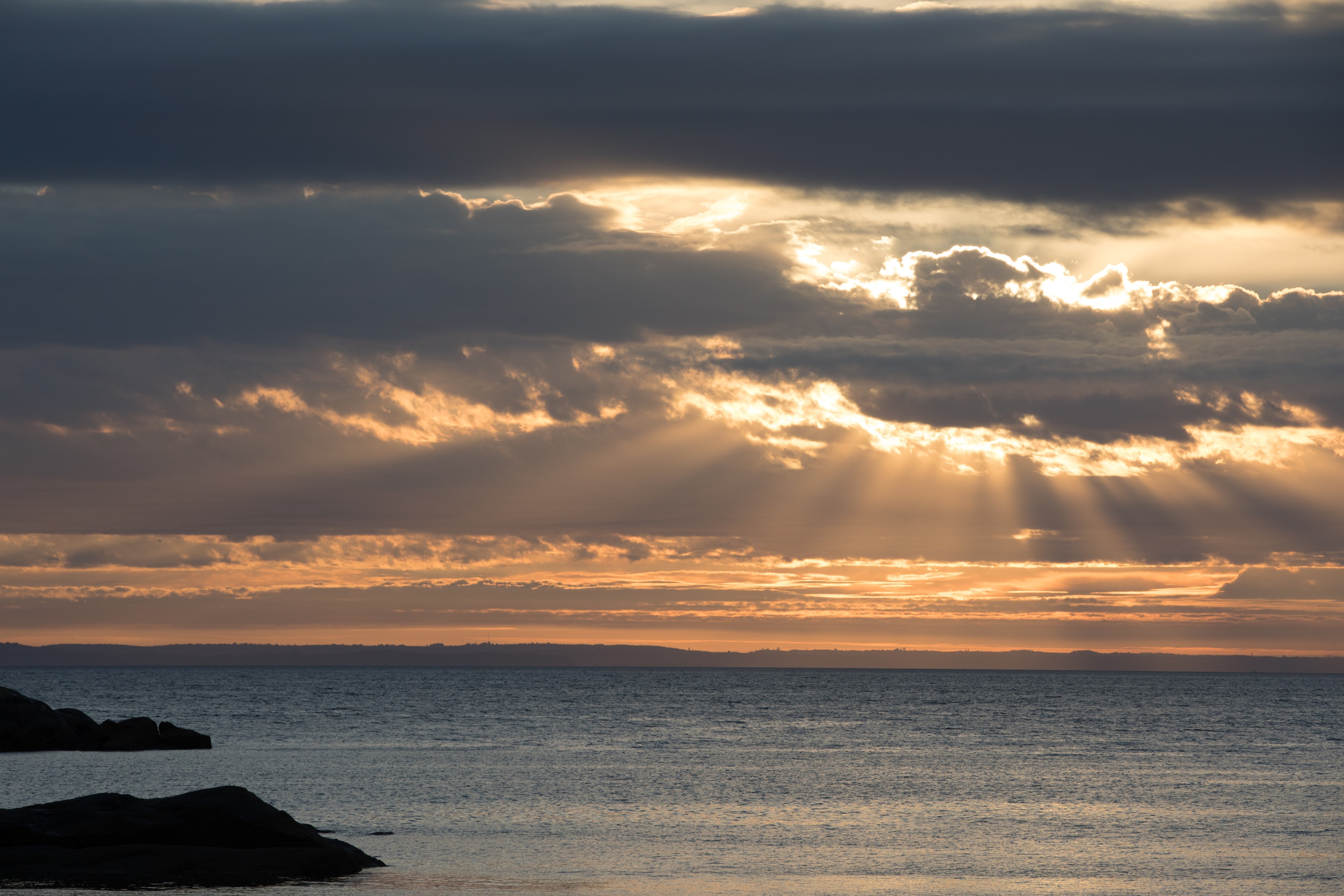Travelling over 2,000 km from Santiago to the incredible whitewater of the Rio Baker, a legendary river near the Chilean town of Cochrane, sounds like a daunting mission. Especially considering it involves taking three ferries and driving almost entirely on unpaved roads.
But the beauty and wonder make the long journey into the heart of Patagonia well worth the travel time and distance.
Our picture begins to come into focus before embarking on the longest of three ferries from the waterside village of Hornopiren.
“The long journey into the heart of Patagonia is well worth the travel time.”
From the ferry port, the view of the mountain-lined fjord presents a small taste of the beauty Chilean Patagonia has to offer. As the ship departs the terminal and takes you deeper and deeper into the untouched wild, the nearly nine-hours of ferries seem to fly by.
You become entranced by the sudden appearance of care-free dolphins and gigantic waterfalls pouring off the sides of lush, green mountains in this amazing place. All the while it becomes hard to comprehend that this is only the beginning of the journey.
